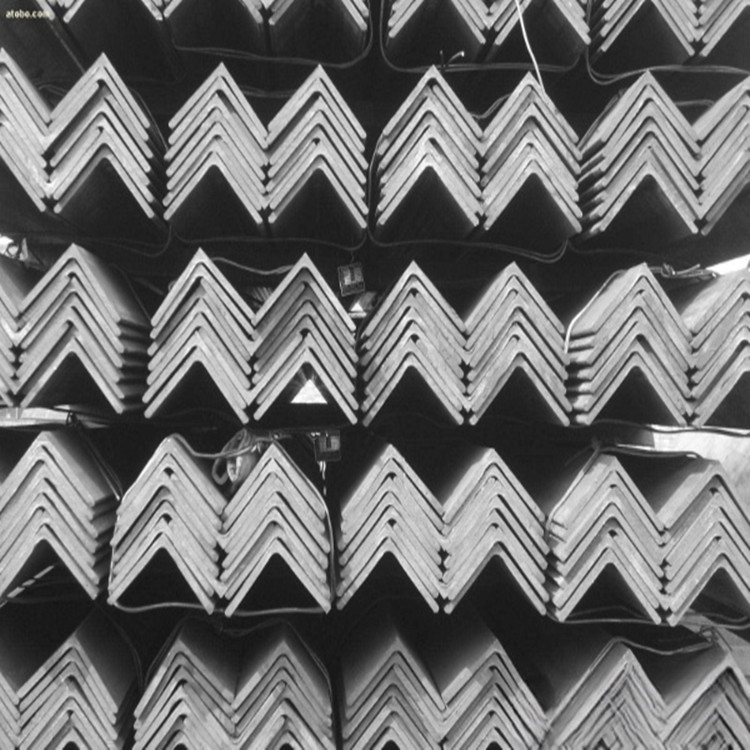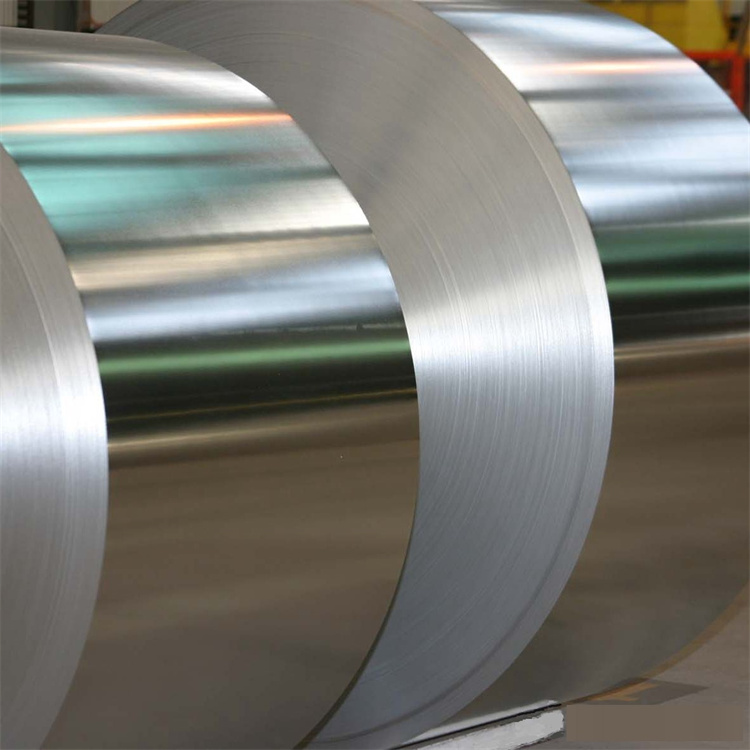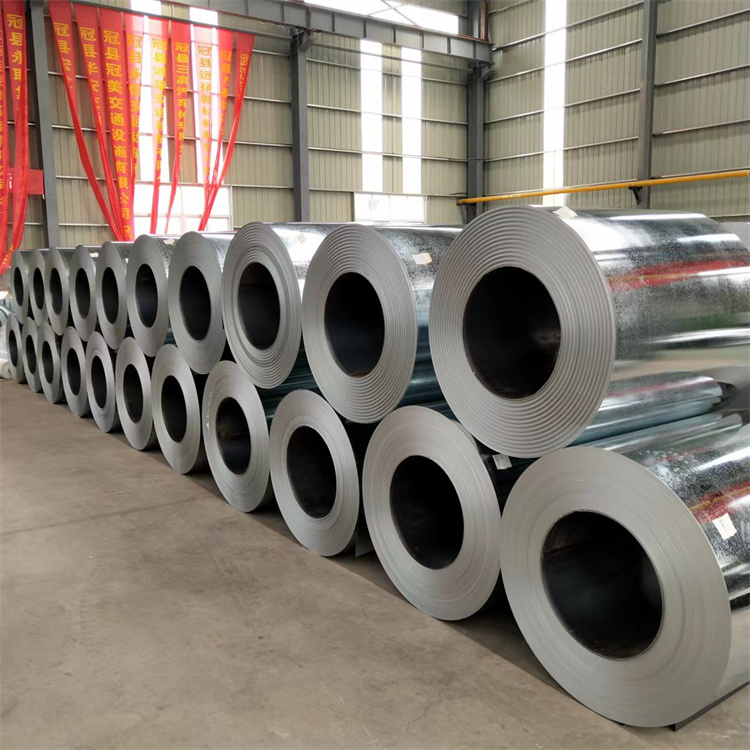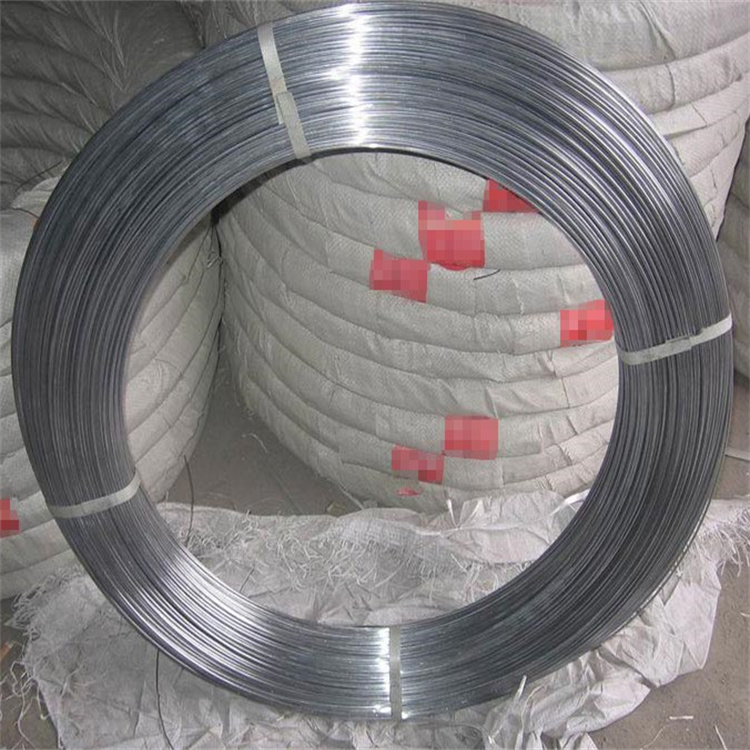Stainless Steel Coil Manufacturing Process
Stainless steel coils are integral to industries such as construction, automotive, electronics, food processing, and more. Known for their durability, high strength, and resistance to corrosion, these coils are manufactured through a sophisticated process that ensures quality and performance. Understanding each step in the stainless steel coil manufacturing process is essential for businesses seeking reliable, high-quality materials for various applications. This comprehensive guide provides an in-depth look at the journey from raw material selection to the finished product, focusing on quality, techniques, and industry standards.

Raw Material Selection
The manufacturing process begins with the selection of high-quality raw materials. Stainless steel is mainly composed of iron, chromium, and nickel. Each element plays a crucial role:
Iron: The base element provides strength and structural integrity.
Chromium: Adding 10.5% or more chromium ensures the material's corrosion-resistant properties by forming a passive oxide layer that prevents rust.
Nickel: Enhances ductility, toughness, and resistance to extreme temperatures.
Other alloying elements such as molybdenum, manganese, silicon, and carbon may be added to achieve specific properties, such as increased strength, better wear resistance, or improved machinability.
Common Alloy Elements in Stainless Steel
| Element | Purpose | Common Percentage Range |
|---|---|---|
| Iron (Fe) | Base element, provides structural integrity | 50% - 80% |
| Chromium (Cr) | Corrosion resistance, forms a passive oxide layer | 10.5% - 30% |
| Nickel (Ni) | Increases ductility and toughness, resists extreme temperatures | 8% - 20% |
| Molybdenum (Mo) | Enhances strength and corrosion resistance | 0.3% - 7% |
| Carbon (C) | Increases hardness and strength | 0.02% - 1% |
Melting and Casting
In the melting stage, raw materials are combined in an electric arc furnace (EAF) or induction furnace, reaching temperatures up to 1,600°C (2,912°F). The process includes:
Scrap Recycling: Scrap metal is often added to the mix, promoting sustainability by reducing waste and energy usage.
Alloy Adjustments: Exact quantities of chromium, nickel, and other elements are added to achieve the desired alloy composition.
Desulfurization and Deoxidation: To enhance the purity of the steel, impurities such as sulfur and oxygen are removed.
Once the metals are molten, the mixture is poured into molds to form slabs or ingots, which are cooled and solidified before further processing.
Hot Rolling Process
After casting, the stainless steel slabs are reheated to around 1,200°C (2,192°F) and passed through a hot rolling mill. This process reduces the thickness of the slabs while increasing their length. Key steps include:
Rough Rolling: Initial rolling reduces the slab's thickness significantly, transforming it into a long, thin strip.
Finishing Rolling: Further refining achieves a more precise and consistent thickness.
Temperature Control: Precise temperature regulation is critical to prevent defects and ensure uniformity.
Hot rolling can produce large coils suitable for various applications, though the surface may be rough, requiring further processing.
Benefits of Hot Rolling:
Versatility: Suitable for making thick sheets or coils.
Reduced Energy Costs: Since the metal is already hot, less energy is needed to reshape it.
Improved Mechanical Properties: Hot rolling eliminates internal stress, resulting in a more uniform grain structure.
Annealing
Annealing is a vital heat treatment process that improves the metal's ductility and reduces internal stresses. During this step, the hot-rolled strips are heated to a specific temperature and then slowly cooled. This helps enhance the metal’s workability, making it easier to manipulate during further processing.
Key Advantages:
Increased Ductility and Malleability: Allows the coils to be easily shaped and cut.
Stress Relief: Prevents cracking and enhances durability.
Grain Refinement: Improves the overall quality of the metal, making it more suitable for precision applications.
The Annealing Process Affect the Quality of Stainless Steel Coils
Annealing is a crucial heat treatment process in the manufacturing of stainless steel coils. It significantly impacts the mechanical properties, microstructure, and overall quality of the final product. Here's a detailed explanation of how annealing works and its effects on stainless steel.
Key Effects of Annealing:
Improves Ductility and Formability:
During the cold rolling process, stainless steel undergoes deformation, which hardens it but makes it less flexible. Annealing helps restore ductility, allowing the material to be easily shaped, bent, or formed. This is essential for applications requiring further fabrication, such as automotive parts, kitchen equipment, and construction materials.
Relieves Internal Stress:
Cold rolling can introduce internal stresses within the steel, which might lead to warping or cracking during further processing. Annealing alleviates these stresses, ensuring the material remains stable and robust.
Enhances Corrosion Resistance:
One of the key reasons stainless steel is popular is its corrosion resistance. Annealing helps maintain or even improve this resistance by ensuring the proper crystalline structure and reducing impurities that could act as points for corrosion.
Example of Annealing in Practice:
In the production of stainless steel coils for the food and beverage industry, achieving a high level of corrosion resistance and cleanability is vital. Without proper annealing, the coils might retain internal stresses and impurities, which can lead to surface defects or even rust when exposed to moisture. Therefore, manufacturers carefully control the annealing temperature and cooling rate to produce stainless steel that meets industry standards for hygiene and durability.
Temperature Ranges for Annealing Different Stainless Steels
| Stainless Steel Grade | Annealing Temperature (°C) | Cooling Method |
|---|---|---|
| 304 | 1,040 - 1,100 | Air cooling or water quenching |
| 316 | 1,040 - 1,120 | Air cooling |
| 410 | 815 - 900 | Slow cooling (furnace) |
Annealing is a vital step that improves the workability and durability of stainless steel coils. By carefully controlling the temperature and cooling rates, manufacturers can produce high-quality coils with the right balance of ductility, strength, and corrosion resistance. This makes annealed stainless steel ideal for a wide range of industrial and consumer applications.
Pickling
After annealing, the coils undergo pickling, a process that removes oxide scales, rust, and other impurities formed during hot rolling. Typically, stainless steel coils are treated with a solution of hydrochloric or sulfuric acid in a controlled environment.
Pickling Tanks: Large tanks filled with acid solutions immerse the coils, cleaning the surface efficiently.
Rinsing and Neutralization: After pickling, the coils are thoroughly rinsed and neutralized to remove any acid residues.
Importance of Pickling:
Surface Cleanliness: Ensures a smooth, defect-free surface, crucial for aesthetic applications.
Corrosion Resistance: Improves the metal's resistance to environmental factors.
Quality Assurance: Essential for high-grade products that require a uniform appearance.
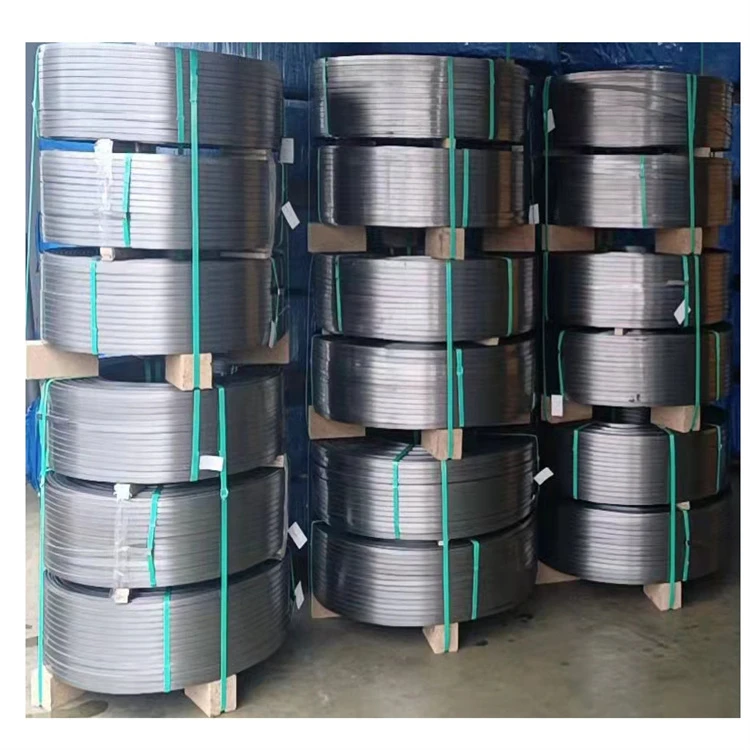
Cold Rolling Process
Cold rolling is a critical step that reduces the thickness of the stainless steel coils while improving their surface finish. Unlike hot rolling, cold rolling is carried out at room temperature, leading to a smoother, shinier surface and enhanced mechanical properties. Techniques include:
Single Reduction: Used when only one pass through the mill is needed.
Multiple Reduction (Tandem Rolling): The coils pass through several rolling stands for more significant reductions.
Benefits of Cold Rolling:
Improved Surface Finish: Produces a sleek, polished appearance suitable for consumer products.
Higher Precision: Allows for more accurate dimensions and thickness control.
Stronger Material Properties: Cold rolling hardens the metal, increasing its tensile strength.
The Key Differences Between Hot Rolled and Cold Rolled Stainless Steel Coils
The primary difference between hot-rolled and cold-rolled stainless steel coils lies in the process and the resulting properties of the steel. Let’s explore both processes in detail to understand their distinctions.
Hot Rolled Stainless Steel Coils
Hot rolling is a process that involves rolling steel at extremely high temperatures (usually over 1,200°C or 2,200°F). At such temperatures, the steel becomes more malleable, which makes it easier to form into different shapes. Here are some characteristics of hot-rolled stainless steel:
Surface Finish: Hot-rolled coils generally have a rougher, less polished surface finish compared to cold-rolled coils. This is because the steel undergoes significant deformation at high temperatures.
Thickness Range: Hot rolling is suitable for producing thicker products, typically ranging from 1.5mm to over 20mm.
Applications: Due to its less polished finish, hot-rolled stainless steel is often used in applications where surface appearance is not the primary concern, such as structural components, automotive frames, and heavy machinery.
Advantages:
Cost-Effective: The process requires less precision, making it cheaper than cold rolling.
Reduced Internal Stress: The high temperatures alleviate stress, reducing the chance of material deformation during the following processes.
Cold Rolled Stainless Steel Coils
Cold rolling, on the other hand, involves rolling steel at or near room temperature. This process is carried out after hot rolling, providing the metal with improved surface quality and mechanical properties. Key features include:
Surface Finish: Cold-rolled coils have a much smoother, shinier finish. The process removes the scale that forms during hot rolling, resulting in a cleaner surface that can be polished or coated.
Thickness Range: Cold rolling is ideal for producing thinner steel, ranging from 0.3mm to 3mm, which is not achievable with hot rolling.
Applications: Cold-rolled stainless steel is used in products where appearance and precision are critical, such as kitchen appliances, automotive parts, and electrical components.
Advantages:
Enhanced Strength: The rolling process at lower temperatures increases the steel’s tensile strength and toughness.
Better Surface Finish: The smoother surface allows for further processing, such as coating and painting.
Comparison Example:
Let’s consider the automotive industry. Hot-rolled stainless steel may be used for structural components like chassis parts, where strength is needed, but surface finish is not crucial. Conversely, cold-rolled stainless steel would be chosen for car body panels, where a smooth, polished appearance is important.
Both hot and cold rolling have their unique advantages, and the choice depends on the application requirements. For example, manufacturers may choose hot-rolled steel for heavy-duty structural components to save costs, while cold-rolled steel may be preferred for products that require a finer finish and greater strength.
Heat Treatment (Bright Annealing)
After cold rolling, the coils may undergo bright annealing, which involves heating in a controlled atmosphere to prevent oxidation. This process enhances the metal's brightness and surface finish. Unlike regular annealing, bright annealing is performed in a vacuum or inert gas environment, like hydrogen or nitrogen, which ensures a clean, reflective surface.
Applications:
Kitchenware and Appliances: Aesthetic appeal is essential.
Architectural Components: Requires a high-quality, shiny finish.
Cutting and Slitting
After bright annealing, the coils are cut to the required width and length based on customer specifications. The cutting process, known as slitting, involves precision cutting tools that slice the coils into narrower strips, facilitating easier handling and packaging.
Precision Slitting Machines:
Rotary Slitters: Use rotating blades for fast, efficient cutting.
Laser Cutting Machines: For more precise cuts, ideal for intricate designs and patterns.
Finishing and Polishing
Finishing and polishing give stainless steel coils their final surface appearance. Depending on the application, different finishes are applied:
No. 1 Finish: Rough, matte finish suitable for industrial applications.
No. 2D & 2B Finish: Smooth, bright finish used in kitchenware and automotive components.
BA (Bright Annealed) Finish: Mirror-like finish, ideal for decorative items.
Polishing Techniques:
Mechanical Polishing: Uses abrasive belts or wheels to achieve the desired finish.
Electrolytic Polishing: Removes a thin layer of the metal surface, resulting in a smooth and shiny finish.
Quality Control and Inspection
Quality control is integrated into each step of the manufacturing process, from raw materials to final inspection. Stainless steel coils undergo rigorous testing to ensure they meet international standards (like ASTM, DIN, JIS). Tests include:
Visual Inspection: Checks for surface defects, dents, or scratches.
Mechanical Testing: Assesses tensile strength, hardness, and flexibility.
Corrosion Resistance Testing: Ensures the product can withstand harsh environments.
Packaging and Shipping
After passing all quality checks, the stainless steel coils are prepared for shipment. Packaging is crucial to prevent damage during transport:
Protective Films: Applied to the surface to prevent scratching and corrosion.
Coil Straps: Secure the coils, preventing them from moving during transit.
Wooden Pallets and Crates: Provide additional protection, especially for overseas shipping.

Environmental Considerations in Manufacturing
The stainless steel manufacturing industry is increasingly focusing on sustainability and reducing its environmental impact. Here, we explore the main environmental concerns and the strategies manufacturers employ to address them.
1. Energy Consumption
Stainless steel production is energy-intensive, particularly during processes like smelting, hot rolling, and cold rolling. High energy usage contributes to the carbon footprint of the manufacturing process. To mitigate this:
Energy-Efficient Equipment: Modern plants are investing in energy-efficient machinery that reduces power consumption without compromising productivity. For instance, induction furnaces are more energy-efficient than traditional electric arc furnaces.
Renewable Energy: Some manufacturers are incorporating solar and wind power into their energy mix. For example, ArcelorMittal, a global steel company, has initiated programs to reduce its dependency on fossil fuels by transitioning to renewable energy sources.
2. Raw Material Sourcing and Recycling
Mining the raw materials required for stainless steel production can have significant environmental impacts, including habitat destruction and soil erosion. To address these concerns:
Recycling: Stainless steel is highly recyclable, with more than 80% of all stainless steel being recycled at the end of its life. Companies that use recycled steel as raw material can significantly reduce the need for new mining operations, conserving natural resources.
Sustainable Sourcing: Responsible manufacturers ensure that their raw materials come from sources that adhere to ethical mining practices, reducing the environmental and social impacts.
3. Emissions and Waste Management
The production of stainless steel can lead to emissions of harmful gases like CO2 and SO2, which contribute to air pollution and climate change. Here’s how companies address this:
Emission Control Systems: Modern manufacturing plants are equipped with advanced filtration and scrubbing systems that minimize the release of harmful gases.
Waste Management: During production, waste materials such as slag and scale are generated. Efficient waste management practices involve recycling these by-products wherever possible. For instance, slag can be used in the construction industry as a raw material for cement production.
Examples of Eco-friendly Practices
| Eco-friendly Practice | Impact |
|---|---|
| Use of recycled steel | Reduces the need for mining, conserving natural resources. |
| Energy-efficient furnaces | Lowers energy consumption, reducing greenhouse gas emissions. |
| Closed-loop water systems | Minimizes water waste by recycling water used in cooling processes. |
As sustainability becomes a priority across industries, stainless steel manufacturers are adopting eco-friendly practices that minimize their environmental footprint. From using recycled materials to investing in cleaner technologies, these initiatives are vital for ensuring a greener future.
By integrating energy-efficient processes, responsible sourcing, and advanced waste management, manufacturers can contribute to sustainable development while continuing to meet global demand for high-quality stainless steel products.
Innovations in Stainless Steel Coil Manufacturing
The stainless steel industry continuously evolves with technological advancements. Recent innovations include:
Automated Production Lines: Robotics and AI improve precision and efficiency, reducing labor costs and waste.
Advanced Alloy Development: Engineers are creating alloys that offer even better performance, such as increased corrosion resistance and strength.
Laser Cutting and Engraving: Allows for intricate designs, making stainless steel more versatile for customized applications.
| Innovation | Description | Benefits |
|---|---|---|
| Automated Production Lines | Integration of robotics and AI for precision and efficiency | Reduced labor costs, improved accuracy |
| Laser Cutting and Engraving | Use of lasers for intricate designs and precise cutting | Greater customization, faster production |
| Advanced Alloy Development | New alloys with superior properties (e.g., higher corrosion resistance) | Enhanced performance for specific uses |
| Energy-efficient Technologies | Eco-friendly machines that consume less power | Reduced carbon footprint, lower energy costs |
| Recycling and Waste Reduction | Effective reuse of scrap metal | Sustainability, reduced raw material usage |
Choose Quality and Reliability with China Xino Group
The manufacturing of stainless steel coils is a complex, detailed process that demands high precision and quality control at every stage. Understanding this process helps consumers make informed decisions when selecting stainless steel products, ensuring reliability and satisfaction for various applications across industries.
For those looking to source premium-quality steel products, China Xino Group stands out as a leading name in the industry. Founded in August 2001 with a registered capital of 150 million yuan, our group has grown into a large multinational enterprise with diversified core businesses. We specialize in:
Steel Products Manufacturing
Metallurgical Mineral Resources Development
Estate Development
Chemical Industry
Engineering Technical Service and Equipment Manufacture
Our commitment to integrating resources development, trade & logistics, engineering technology, and specialized equipment manufacturing allows us to provide comprehensive auxiliary services for the steel industry and other strategic emerging industries.
Introducing Qingdao Xino Steel & Iron Co., Ltd.
One of the distinguished branches of China Xino Group is Qingdao Xino Steel & Iron Co., Ltd., a manufacturer of coated steel products. Our extensive product range includes:
Galvanized Steel (GI)
Galvalume Steel (GL)
Pre-Painted Galvanized Steel (PPGI)
Pre-Painted Galvalume Steel (PPGL)
Tinplate/Tin-Free Steel (TFS/ECCS)
With three main production bases, six mills, and a total of 24 production lines, we achieve an impressive annual output of 1.5 million tons. Our dedicated team of professionals also engages in import and export business, dealing with products such as:
Round Steel Bars
Steel Pipes/Tubes
Beam Bars (HEA-HEB-UPN-IPN-IPE)
Steel Pipe Piles
Steel Culvert Pipes (MCP)
We are committed not only to offering the best quality products at competitive prices but also to providing tailored solutions for all your steel product procurement needs. Our focus on quality, efficiency, and customer satisfaction sets us apart from competitors.
Why Choose China Xino Group?
Extensive Experience: With over two decades of experience, we have developed a profound understanding of the steel manufacturing industry, which translates into superior quality products and services.
State-of-the-Art Production Facilities: Our advanced production lines are equipped to meet global standards, ensuring consistent and reliable output.
Professional Team: Our skilled and knowledgeable team is dedicated to delivering the best customer service, helping clients find the most suitable steel solutions for their projects.
Global Reach: As a multinational enterprise, we can cater to customers worldwide, ensuring a seamless supply chain and quick delivery.
Commitment to Quality: We continuously strive to enhance our quality management systems, guaranteeing high-grade products that exceed customer expectations.
Contact Us
If you are looking for premium-quality coated steel products or comprehensive solutions for your steel needs, Qingdao Xino Steel & Iron Co., Ltd. is your trusted partner. We are dedicated to maintaining high standards in our manufacturing processes, ensuring the best value for our customers.
For inquiries or to learn more about our products and services, please reach out to us.
We look forward to collaborating with you and providing high-quality steel products and services to support your business growth. Trust China Xino Group to be your reliable source for steel products, delivering excellence, efficiency, and unmatched customer satisfaction.
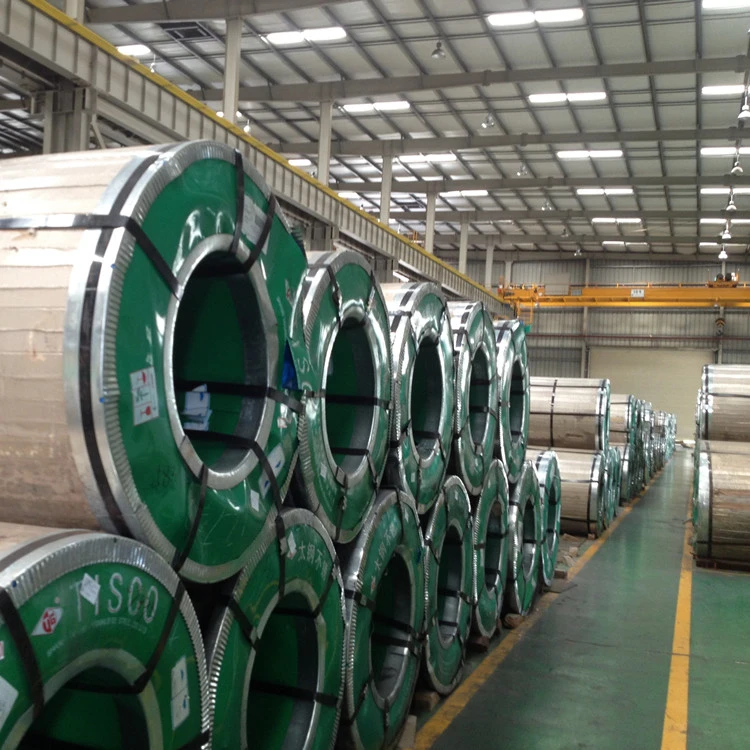

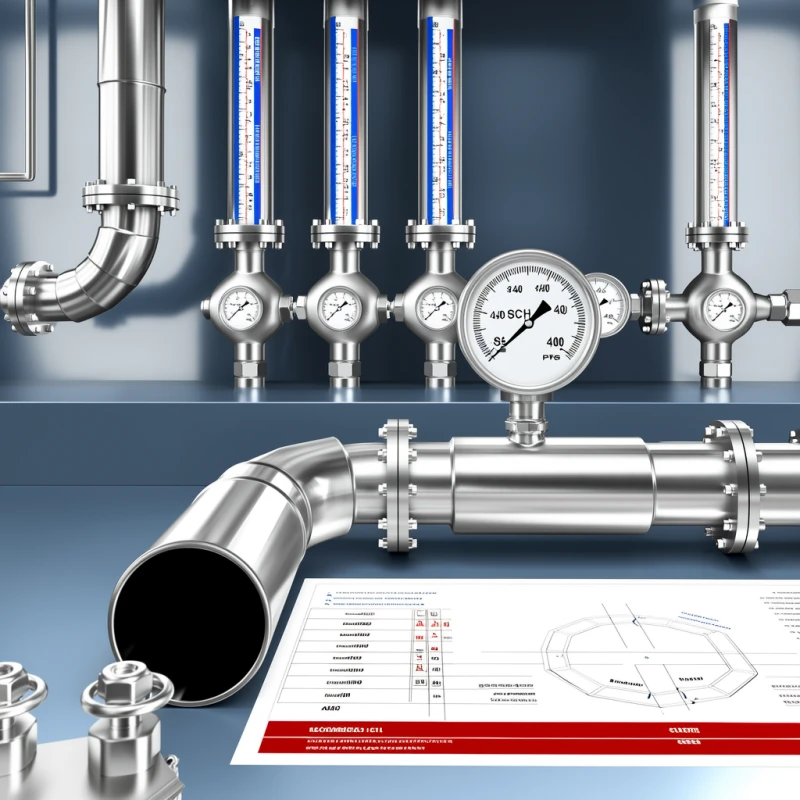
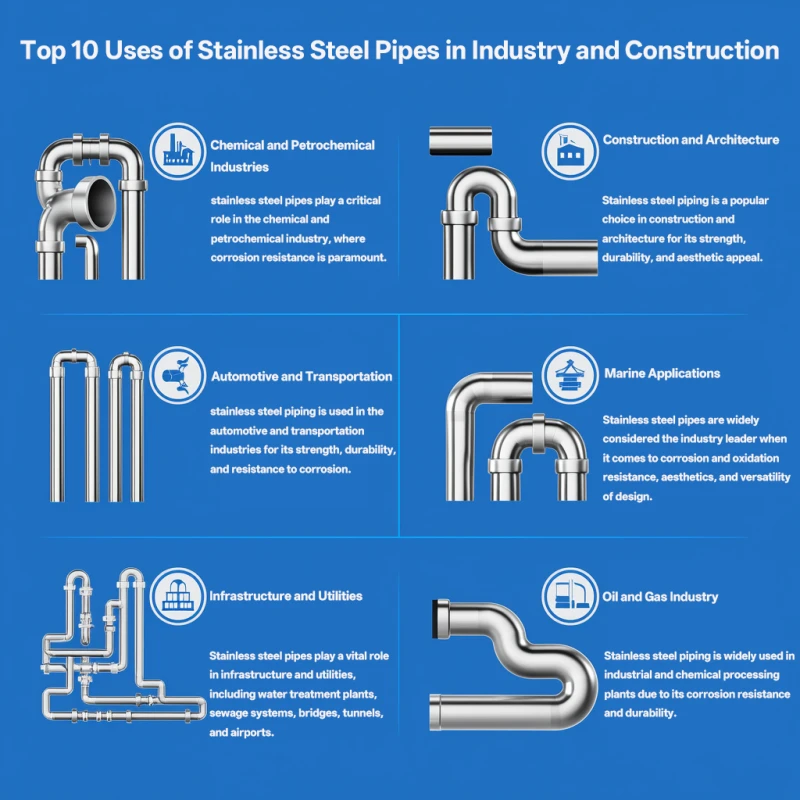
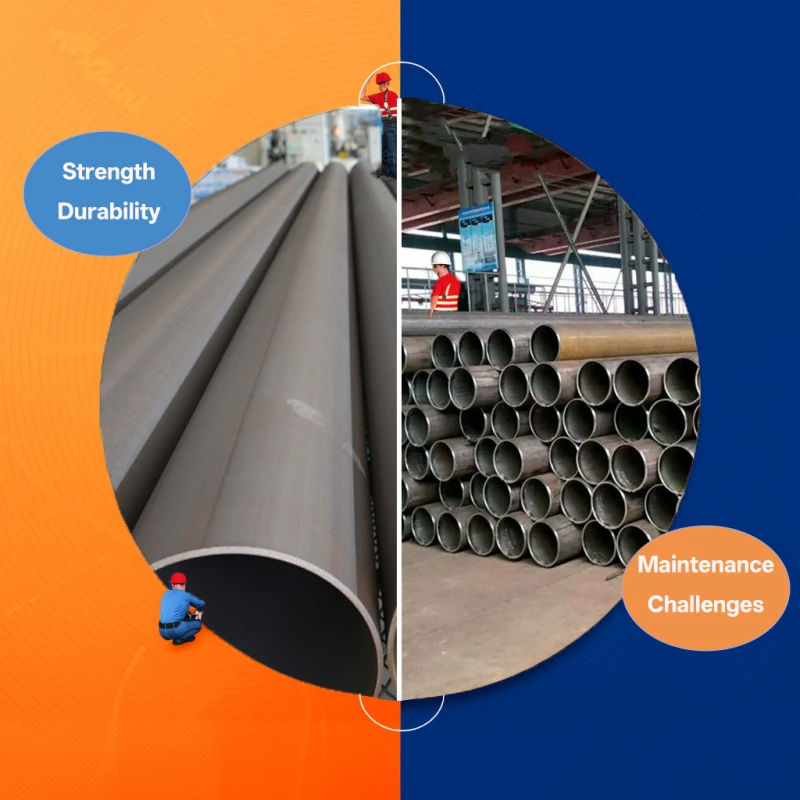
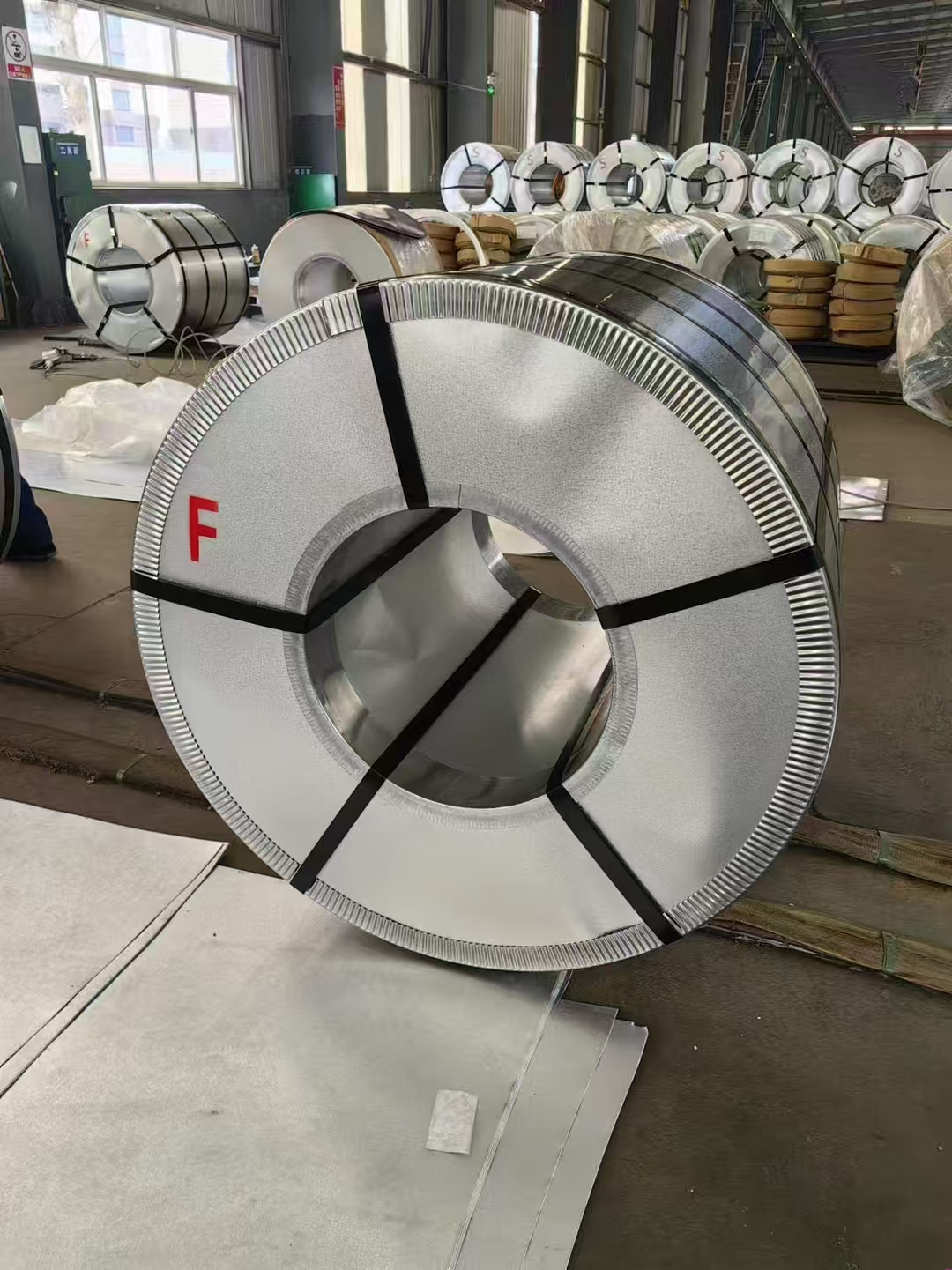

745.webp)
